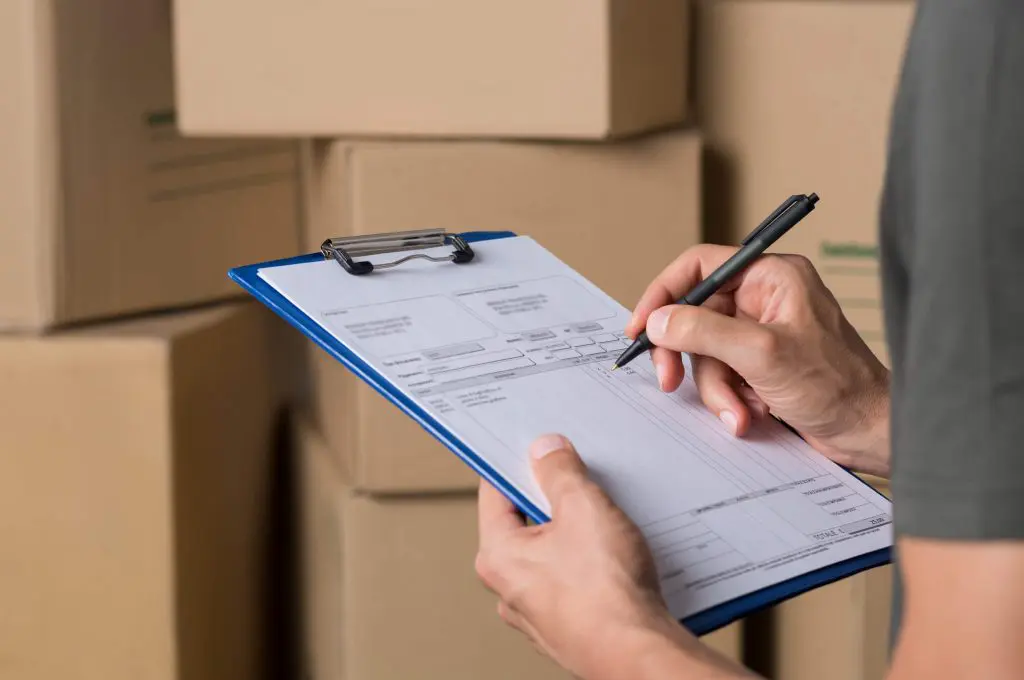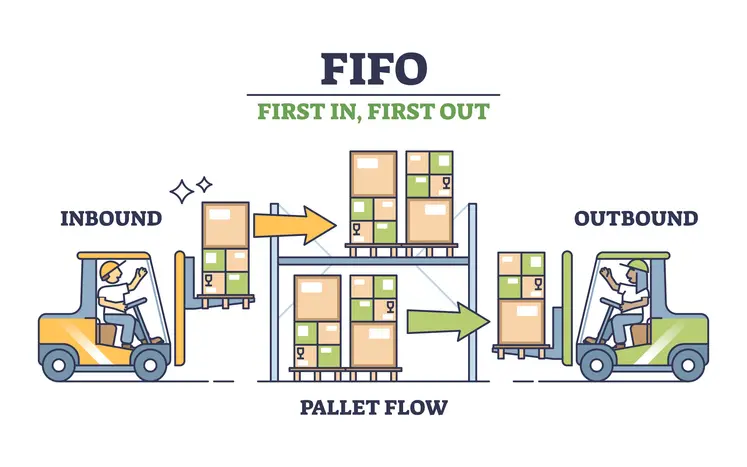If you’re part of a Consumer Goods (CG) or Fast-Moving Consumer Goods (FMCG) company, you already know: your world moves fast. Products fly off shelves, promotions come and go in a flash, and customer expectations are higher than ever. Your supply chain doesn’t just need to be efficient, it needs to be intelligent, responsive, and resilient.
Inventory is at the heart of it all.
Unlike other industries, your margins depend on precision. Too much stock and you’re sitting on capital. Too little, and you’re losing sales. That’s why mastering inventory optimization is mission-critical.
Let’s break down what that looks like for the consumer goods industry.
The Unique Inventory Challenges of the CPG Industry
Inventory management in the CPG space is uniquely chaotic. Standard solutions often fall short because they don’t account for the real-world pressures that define your operations.
Here’s what makes CPG so challenging:
- Demand Volatility & Promotions
Your demand curve isn’t a curve, it’s a rollercoaster. Seasonal demand, retailer-specific promotions, flash sales, influencer-driven spikes… predicting demand in this environment requires more than historical sales. It requires real-time sensing and rapid adaptation. - SKU Proliferation
One product doesn’t mean one SKU. You’ve got variations by flavor, size, packaging type, and sometimes even by retailer. Managing this explosion of SKUs without getting buried in excess inventory (or worse, running out of stock) is a constant balancing act. - Short Product Lifecycles & Spoilage
Many consumer goods come with an expiration date—literally. Whether it’s yogurt, cosmetics, or cold-pressed juice, spoilage and write-offs can be costly. Inventory decisions aren’t just about volume, they’re about timing. - Complex Distribution Networks
Your supply chain is a web of central manufacturing plants, regional distribution centers, retail stores, and eCommerce partners. Inventory must move fluidly across multiple levels, with each handoff adding complexity and risk.
CPG-Specific Strategies for Inventory Excellence
Now for the good news: these challenges aren’t insurmountable. With the right strategies tailored to the CPG landscape, you can build a smarter, leaner inventory system that delivers results.
Advanced Demand Forecasting for Promotions and Seasonality
In consumer goods, traditional forecasting isn’t enough. To stay ahead, companies are turning to machine learning models that factor in external variables. Think marketing calendars, weather, competitor promotions, social media trends, and more.
This results in forecasts that reflect real-world conditions, which means fewer stockouts when demand surges and less deadstock when the campaign ends.
Strategic SKU and Inventory Segmentation
When you’re managing thousands of SKUs, treating them all the same is a fast track to inefficiency.
Enter ABC-XYZ analysis. By categorizing products based on their value (ABC) and demand variability (XYZ), you can apply differentiated strategies. A high-value, high-volatility SKU may warrant tighter monitoring and more frequent reordering, while a low-value, stable item can be handled more conservatively.
Multi-Echelon Inventory Optimization (MEIO)
Your distribution network doesn’t operate in silos, so why should your inventory strategy?
MEIO looks at your entire supply chain as one integrated system. It calculates the optimal stock level not just at a single warehouse, but across every echelon: central DCs, regional hubs, and retail outlets. The goal here is maximum service levels with minimum total cost.
The Technology Stack for a Modern CPG Supply Chain
Great strategies are only as good as the tools used to execute them. In the fast-paced world of consumer goods, technology is your competitive edge.
Technologies for Accurate Forecasting and Promotion Planning
AI-powered forecasting tools can predict the uplift from promotions, understand cannibalization effects, and even account for new product introductions (NPIs). Predictive analytics can model how a promotion in one region might affect sales in another, helping you fine-tune your inventory plans before the first item ships.
Platforms for End-to-End Visibility and Control
Visibility is the difference between proactive and reactive inventory management.
Foundational systems like ERP and WMS ensure your data is solid. On top of that, Control Towers and MEIO platforms offer a bird’s-eye view across your entire network. Layer in IoT sensors for cold chain integrity or GPS tracking for high-value goods, and you’ve got a system that sees, and reacts, in real time.
Implementing an Inventory Optimization Program in a CPG Organization
Execution is everything. And for CPG companies, successful inventory optimization starts with alignment.
Setting CPG-Specific KPIs
Generic metrics don’t cut it here. Instead, focus on KPIs that reflect the nuances of your environment:
- On-Shelf Availability (OSA) – Are products where they need to be when customers want them?
- Inventory Turnover – Are you moving stock efficiently?
- Spoilage/Obsolescence Rate – How much is going to waste?
- Forecast Accuracy at SKU-location level – Are you predicting the right demand in the right place?
These metrics provide the clarity needed to track real progress.
Driving Cross-Functional Collaboration
Marketing is launching a campaign. Sales is pushing for higher volumes. Ops is trying to reduce stock. Sound familiar?
Without alignment, these priorities collide. That’s why successful CPG organizations invest in formal planning processes—like Sales & Operations Planning (S&OP) or Integrated Business Planning (IBP)—to bridge the gaps.
When everyone is working from the same demand signal, inventory performance improves across the board.
A Phased Rollout and Continuous Improvement
You don’t have to solve it all at once. Start with a single region, product line, or channel. Prove the value. Then expand.
Once your program is live, don’t set it and forget it. Use scenario simulations to stress-test your system. What happens if a promotion overperforms? If a raw material is delayed? Planning for the “what-ifs” builds resilience.
Building a Resilient CPG Supply Chain
Inventory optimization isn’t just about cutting costs. It’s about building a responsive, reliable supply chain that earns customer loyalty and fuels long-term growth.
Consumer goods companies that rise to the challenge do so with CPG-specific strategies, powerful technology, and a deep commitment to cross-functional alignment. That’s how you move from firefighting to foresight.
And that’s where Intuendi comes in.
If you’re ready to turn inventory into a competitive advantage → let’s talk.






